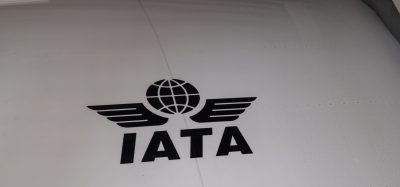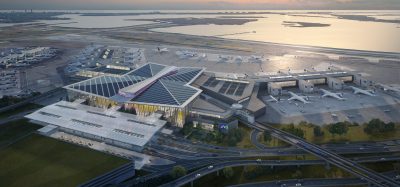Montréal–Trudeau Airport receives certification for greenhouse-gas emissions reduction efforts
- Like
- Digg
- Del
- Tumblr
- VKontakte
- Buffer
- Love This
- Odnoklassniki
- Meneame
- Blogger
- Amazon
- Yahoo Mail
- Gmail
- AOL
- Newsvine
- HackerNews
- Evernote
- MySpace
- Mail.ru
- Viadeo
- Line
- Comments
- Yummly
- SMS
- Viber
- Telegram
- Subscribe
- Skype
- Facebook Messenger
- Kakao
- LiveJournal
- Yammer
- Edgar
- Fintel
- Mix
- Instapaper
- Copy Link
Posted: 11 December 2014 | Aéroports de Montréal
Aéroports de Montréal (ADM) is pleased to announce that Montréal– Pierre-Elliott-Trudeau International Airport has become the first airport in Canada to be certified under the Airport Carbon Accreditation standard…


Aéroports de Montréal (ADM) is pleased to announce that Montréal– Pierre-Elliott-Trudeau International Airport has become the first airport in Canada to be certified under the Airport Carbon Accreditation standard.
Airport Carbon Accreditation is a program introduced by Airports Council International that provides a standardized, independent method for airports to define, and promote, their CO2 emissions management and reduction efforts. Accreditation recognizes efforts made toward control and reduction of an airport’s carbon footprint.
“This important recognition testifies to our commitment to protecting the environment and lowering our greenhouse-gas emissions,” said James C. Cherry, President and CEO, ADM.
Energy efficiency and greenhouse-gas emissions
“All of our expansion and modernization projects at Montréal–Trudeau during the past two decades have included an energy-efficiency improvement component,” Mr. Cherry explained. “For example, changes made to the HVAC (heating, ventilation and air conditioning) system since 2000 have enabled us to reduce greenhouse-gas emissions from the terminal building by nearly 50% per m2,” he added.
The many initiatives targeting CO2 emissions reductions include the airport’s ultra-high-performance thermal plant, designed for energy recovery. This one-of-a-kind facility, powered mainly by electricity and natural gas, has driven significant gains in energy efficiency and emissions reduction since 2003.
ADM also developed, in collaboration with Concordia University and the company Somfy, an ingenious automated window-shade system that keeps natural light at optimum levels in the terminal. Other systems targeting similar energy efficiency goals include LED lighting on runways and taxiways, airport roads; plus variable-speed escalators and moving sidewalks. In addition, all boarding bridges are equipped with electric power units and cool- or hot-air conduits to supply parked aircraft, avoiding use of onboard power units, which burn fossil fuels.


















